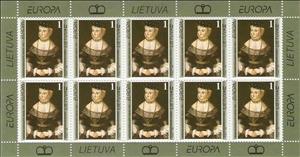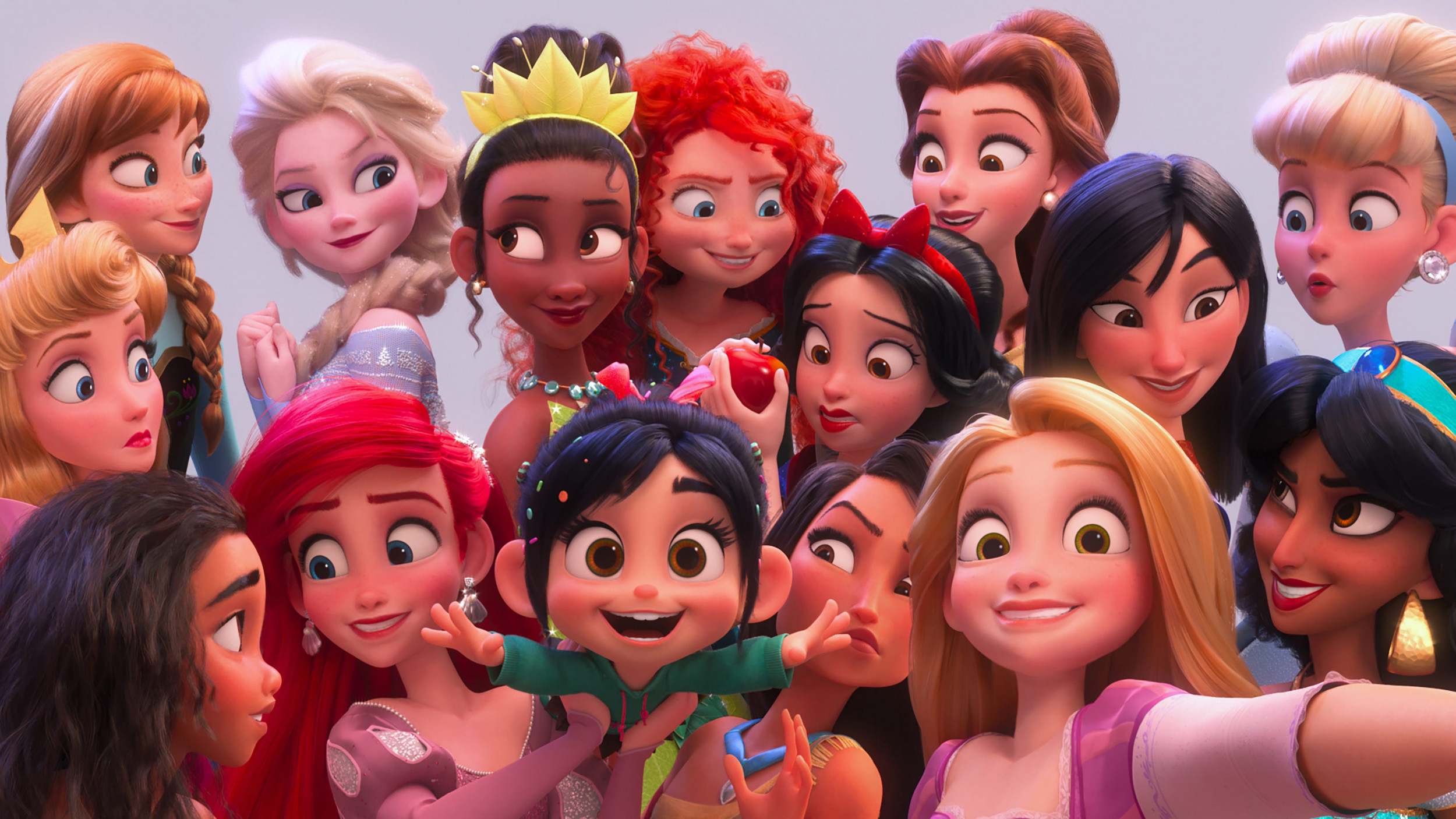Mini Sheet: Barbora Radvilaite, Princess of Lithuania and Poland 1520-51 (Lithuania 1996)
Barbora Radvilaite, Princess of Lithuania and Poland 1520-51 (Lithuania 1996)
27 April (Lithuania ) within release Europa (C.E.P.T.) 1996 - Famous Women goes into circulation Mini Sheet Barbora Radvilaite, Princess of Lithuania and Poland 1520-51 face value 10*1 Lithuanian litas
| Mini Sheet Barbora Radvilaite, Princess of Lithuania and Poland 1520-51 in catalogues | |
|---|---|
| Michel: | Mi: LT 608KB |
Mini Sheet is square format.
Mini Sheet Barbora Radvilaite, Princess of Lithuania and Poland 1520-51 it reflects the thematic directions:
Famous People refers to the fame and public attention accorded by the mass media to individuals or groups or, occasionally, animals, but is usually applied to the persons or groups of people (celebrity couples, families, etc.) themselves who receive such a status of fame and attention. Celebrity status is often associated with wealth (commonly referred to as fame and fortune), while fame often provides opportunities to make money.
Painting is the practice of applying paint, pigment, color or other medium to a solid surface (support base). The medium is commonly applied to the base with a brush, but other implements, such as knives, sponges, and airbrushes, can be used. Painting is a mode of creative expression, and the forms are numerous. Drawing, gesture (as in gestural painting), composition, narration (as in narrative art), or abstraction (as in abstract art), among other aesthetic modes, may serve to manifest the expressive and conceptual intention of the practitioner. Paintings can be naturalistic and representational (as in a still life or landscape painting), photographic, abstract, narrative, symbolistic (as in Symbolist art), emotive (as in Expressionism), or political in nature (as in Artivism). A portion of the history of painting in both Eastern and Western art is dominated by spiritual motifs and ideas. Examples of this kind of painting range from artwork depicting mythological figures on pottery, to Biblical scenes rendered on the interior walls and ceiling of the Sistine Chapel, to scenes from the life of Buddha or other images of Eastern religious origin. In art, the term painting describes both the act and the result of the action. The support for paintings includes such surfaces as walls, paper, canvas, wood, glass, lacquer, clay, leaf, copper and concrete, and the painting may incorporate multiple other materials including sand, clay, paper, plaster, gold leaf, as well as objects. The term painting is also used outside of art as a common trade among craftsmen and builders.
Princess is a title used by a female member of a monarch's family or by a female ruler. The male equivalent is a prince (from Latin princeps, meaning principal citizen). Most often, the term has been used for the consort of a prince, or for the daughter of a monarch. A crown princess can be the heiress apparent to the throne or the spouse of the heir apparent.
A woman is an adult female human. Before adulthood, a woman is referred to as a girl (a female child or adolescent)




